Almost half of the world’s human population lives in coastal areas, and associated coastal development has significantly degraded or destroyed many coastal ecosystems. Burgeoning human populations and rising sea levels only further constrain the availability of habitat that coastal species depend on.
California’s 1,100 mile coast has more than 200 threatened, endangered or rare species living in coastal habitats. There are hundreds of coastal estuaries that provide critical rearing habitat for marine species, and are also important for recreation, water filtration, and carbon sequestration.
Only 10 percent of California’s historic coastal wetlands remain. Without intervention, we are at risk of losing 40 percent of our remaining coastal wetlands to sea level rise over the coming decades. Conservancy scientists are working to reverse these trends.
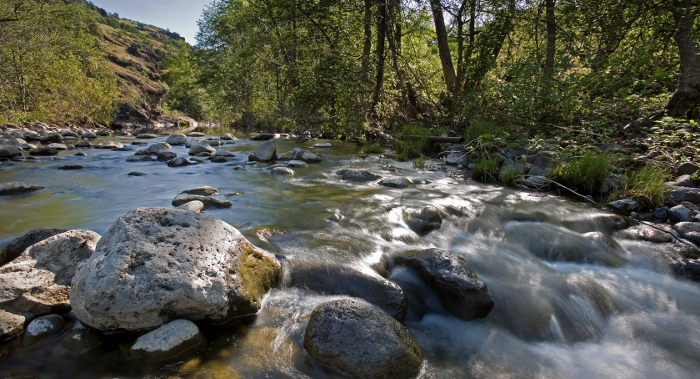
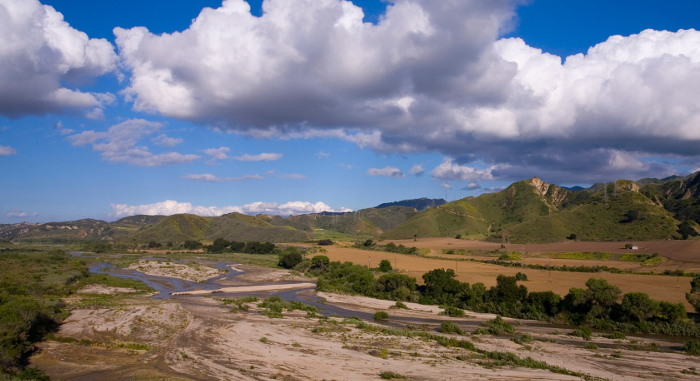
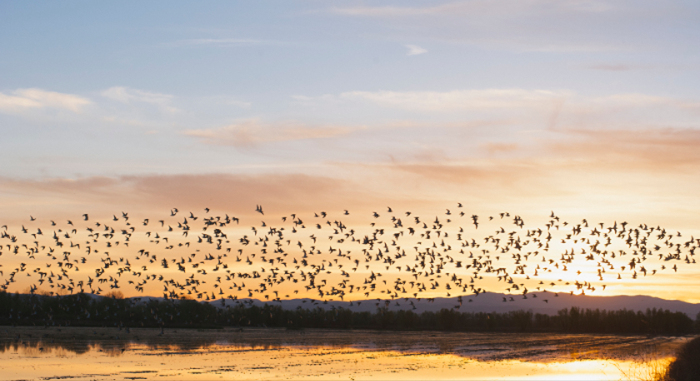
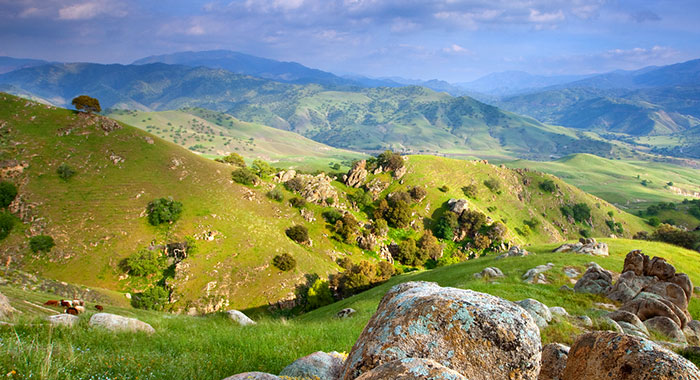
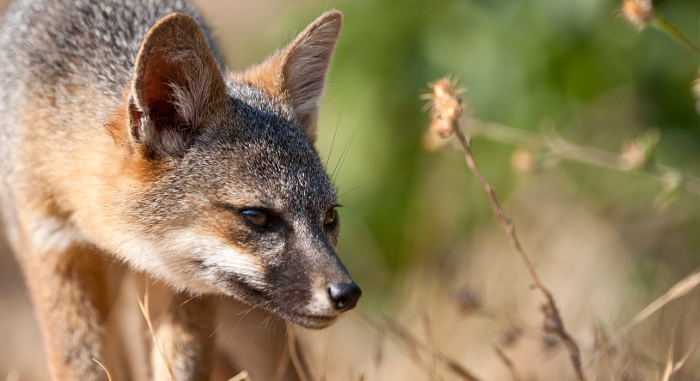

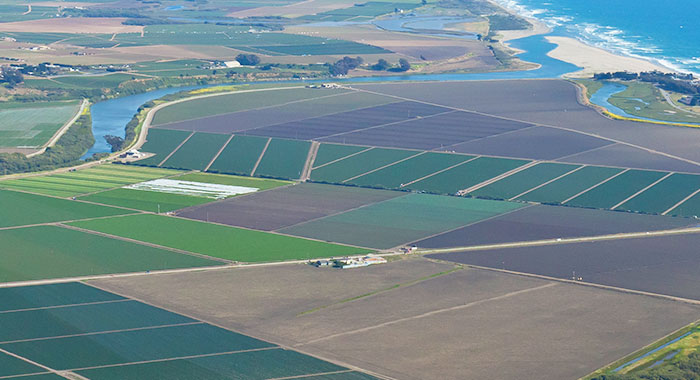

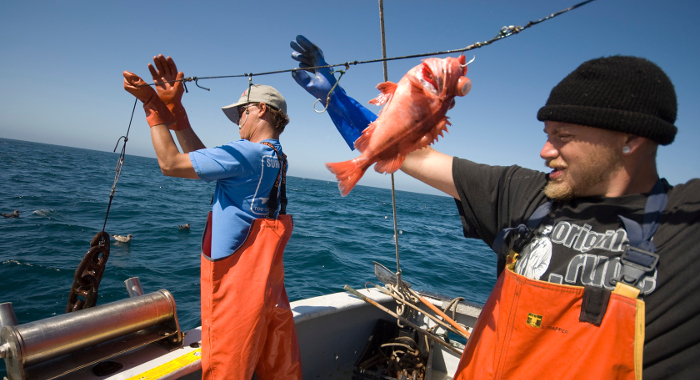
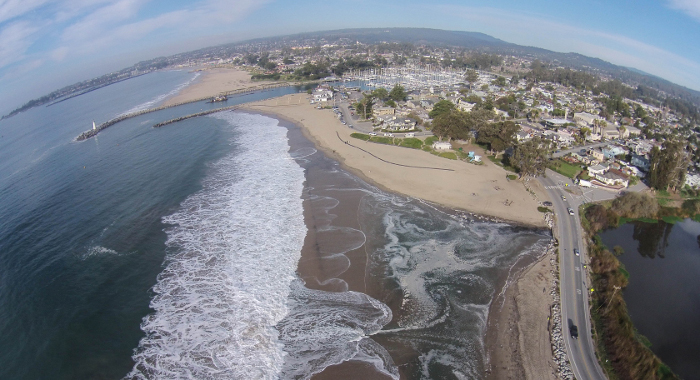

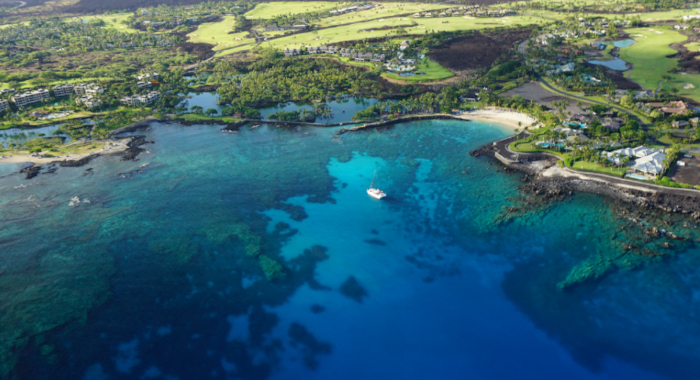
Heather Tallis, Joe Fargione, Edward Game, Rob McDonald, Leandro Baumgarten, Nirmal Bhagabati, Rane Cortez, Bronson Griscom, Jonathan Higgins, Christina M. Kennedy, Joe Kiesecker, Timm Kroeger, Trina Leberer, Jennifer McGowan, Lisa Mandle, Yuta J. Masuda, Scott Morrison, Sally Palmer, Rebecca Shirer, Priya Shyamsundar, Nicholas H.Wolff, and Hugh P. Possingham
Spatial analysis is a powerful tool in conservation planning. Yet it is often under-deployed as a means of elucidating which conservation actions may deliver the highest return on investment. This…James A. Fitzsimons, Simon Branigan, Chris L. Gillies, Robert D. Brumbaugh, Jun Cheng, Bryan M. DeAngelis, Laura Geselbracht, Boze Hancock, Andrew Jeffs, Tein McDonald, Ian M.McLeod, Bernadette Pogoda, Seth J. Theuerkauf, Marine Thomas, Stephanie Westby, Philine S.E. zu Ermgassen
Widespread global declines in shellfish reefs have led to growing interest in their restoration and protection. With restoration projects now occurring on four continents and in at least seven…Philine S. E. zu Ermgassen, Ruth H. Thurstan, Jorge Corrales, Heidi Alleway, Alvar Carranza, Norbert Dankers, Bryan DeAngelis, Boze Hancock, Flora Kent, Ian McLeod, Bernadette Pogoda, Qing Liu, William G. Sanderson
Bivalve habitat restoration is growing in geographic extent and scale globally. Stakeholders and funders are increasingly drawn to shellfish restoration for the many ecosystem services these habitats…Philine S. E. zu Ermgassen, Bryan DeAngelis, , Jonathan R. Gair, Sophus zu Ermgassen, Ronald Baker, Andre Daniels, Timothy C. MacDonald, Kara Meckley, Sean Powers, Marta Ribera, Lawrence P. Rozas & Jonathan H. Grabowski
Seagrasses, oyster reefs, and salt marshes are critical coastal habitats that support high densities of juvenile fish and invertebrates. Yet which species are enhanced through these nursery habitats,…Bryan M. DeAngelis, Ariana E. Sutton-Grier, Allison Colden, Katie K. Arkema, Christopher J. Baillie, Richard O. Bennett, Jeff Benoit, Seth Blitch, Anthony Chatwin, Alyssa Dausman, Rachel K. Gittman, Holly S. Greening, Jessica R. Henkel, Rachel Houge, Ron Howard, A. Randall Hughes, Jeremy Lowe, StevenB. Scyphers, Edward T. Sherwood, Stephanie Westby, Jonathan H. Grabowski
This study examined three case studies involving large-scale and long-term restoration efforts including the seagrass restoration effort in Tampa Bay, Florida, the oyster restoration effort in the…J. Fitzsimons, S. Branigan, R.D. Brumbaugh , T. McDonald, and zu Ermgassen, P.S.E. (eds), Bryan M. DeAngelis, chapter author
The purpose of this guide is to provide guidance in decision-making for establishing shellfish reef restoration projects and examples of different approaches undertaken byexperienced practitioners in…Christopher J. Lortie, Maria Florencia Miguel, Alessandro Filazzola, Harry Scott Butterfield
Climate change, drought, and water scarcity are driving major land transformations in dryland ecosystems globally. Historically these ecosystems have been disproportionately degraded due to widespread…D. Richard Cameron, Carrie A. Schloss, David M. Theobald, Scott A. Morrison
Protecting or restoring habitat connectivity in landscapes undergoing rapid environmental change requires multiple conservation and restoration strategies. These strategies have different risk…Carrie Schloss, Dick Cameron, Elizabeth McGovern
As declines in biodiversity are further exacerbated by changing climate conditions, it is critical to ensure that plants and animals are resilient to the effects of climate change. This means…Hyeyeong Choe, Annika T.H. Keeley, D. Richard Cameron, Melanie Gogol-Prokurat, Lee Hannah, Patrick R. Roehrdanz, Carrie A. Schloss, James H. Thorne
Planning for connectivity conservation often relies on modeled movement routes. However, these pathways can be sensitive to the conservation objective, modeling approach, analysis tool, and…Carrie Schloss, Liz O’Donoghue, Dan Rademacher, Patric Huber, Jodi McGraw, Kim Becerril, Janine Knapp
Every year, infrastructure agencies and developers spend hundreds of millions of dollars to mitigate for impacts to sensitive species and habitats. These mitigation sites are often piecemeal projects,…Carrie A. Schloss, D. Richard Cameron, Brad H. McRae, David M. Theobald, and Aaron Jones
Plant and animal species are already shifting their ranges in response to a changing climate. Maintaining connectivity between present habitat and suitable habitat in the future will become…Aaron M. Eger (University of New South Wales), Cayne Layton (University of Tasmania), Tristin A. McHugh (TNC), Mary Gleason, and Norah Eddy (TNC)
Kelp forests around the world are experiencing significant declines due to a variety of factors, driving the need for more active kelp restoration efforts. The science and practice of kelp forest…Melissa M. Rohde, Tanushree Biswas, Ian W. Housman, Leah S. Campbell, Kirk R. Klausmeyer, Jeanette Howard
Groundwater dependent ecosystems (GDEs) are increasingly threatened worldwide, but the shallow groundwater resources that they are reliant upon are seldom monitored. In this study, the researchers…Melissa M. Rohde, Tanushree Biswas, Ian W. Housman, Leah S. Campbell, Kirk R. Klausmeyer, Jeanette Howard
Groundwater dependent ecosystems (GDEs) are critical habitats throughout California that rely on shallow groundwater. Unfortunately, only a small subset of wells provide monitoring data for shallow…The Nature Conservancy, AECOM
With increase in devasting storms and wildfires due to climate change, we need solutions to help mitigate the impact. Traditionally, “gray” or “hard” infrastructure…Melissa M. Rohde, John C. Stella, Dar A. Roberts, Michael Bliss Singer
This study combines satellite, groundwater, and streamflow data over a 5 year period (2015-2020) to understand the impacts of groundwater depth and streamflow alteration on groundwater-dependent…Roland Geyer, Jenna Gavigan, Alexis M. Jackson, Vienna R. Saccomanno, Sangwon Suh, Mary G. Gleason
Synthetic microfibers are the most prevalent type of microplastic and apparel washing is a major source of microfiber pollution. Using California as a case study to estimate the magnitude of…Jessica Morten, Ryan Freedman, Jeffrey D. Adams, Jono Wilson, Aliya Rubinstein, Sean Hastings
The great whales, including, blue, humpback, and fin whales are threatened by collisions with ocean going vessels. Global shipping traffic is projected to increase up to 12-fold in coming decades.…